I have an organisational structure expressed as a tree.
library(data.tree)
library(dplyr)
df <-
data.frame(
from = c(
'BIG CORP Inc.',
'BIG CORP Inc.',
'BIG CORP Inc.',
'ABC Inc.',
'ABC Inc.',
'Subsidiary 1',
'Subsidiary 1',
'Subsidiary 2',
'Subsidiary 2',
'BCD Inc.',
'CDE Inc.'
),
to = c(
'ABC Inc.',
'BCD Inc.',
'CDE Inc.',
'Subsidiary 1',
'Subsidiary 2',
'Subsidiary 3',
'Subsidiary 4',
'Subsidiary 4',
'Subsidiary 3',
'Subsidiary 4',
'Subsidiary 4'
),
ownership = c(1, 1, 1, 1, 0.5, 0.5, 0.25, 0.25, 0.5, 0.25, 0.25),
cost = c(0, 100, 100, 100, 100, 100, 100, 100, 100 , 500, 500)
)
org_str1 <- FromDataFrameNetwork(df)
print(org_str1, "ownership", "cost", "exposure" , "level")
If you note, the relationship in the tree is that one child can have many parents. As you can see in the image below, Subsidiary 4 sits under 4 unique underlying branches. Similarly Subsidiary 3 sits on 2 unique branches.
How can I summarize my tree so that wherever a child sits on multiple branches I can view that child under the earliest common ancestor.
So for example Subsidiary 4 would need to sit under BIG CORP as that is the first common ancestor of all branches with Subsidiary 4 in it. Similarly Subsidiary 3 should report directly under ABC Inc.
